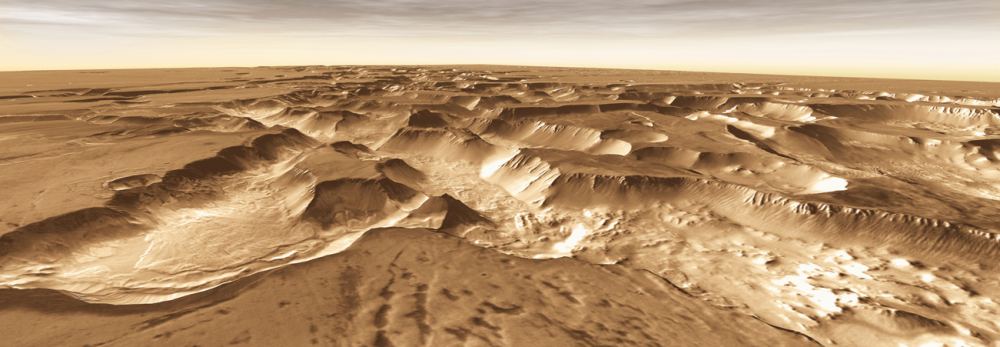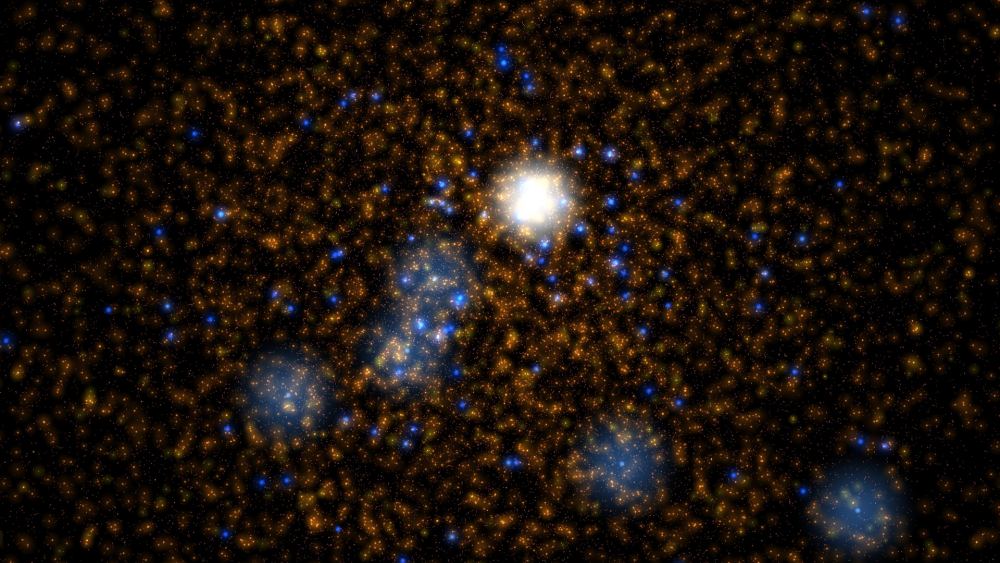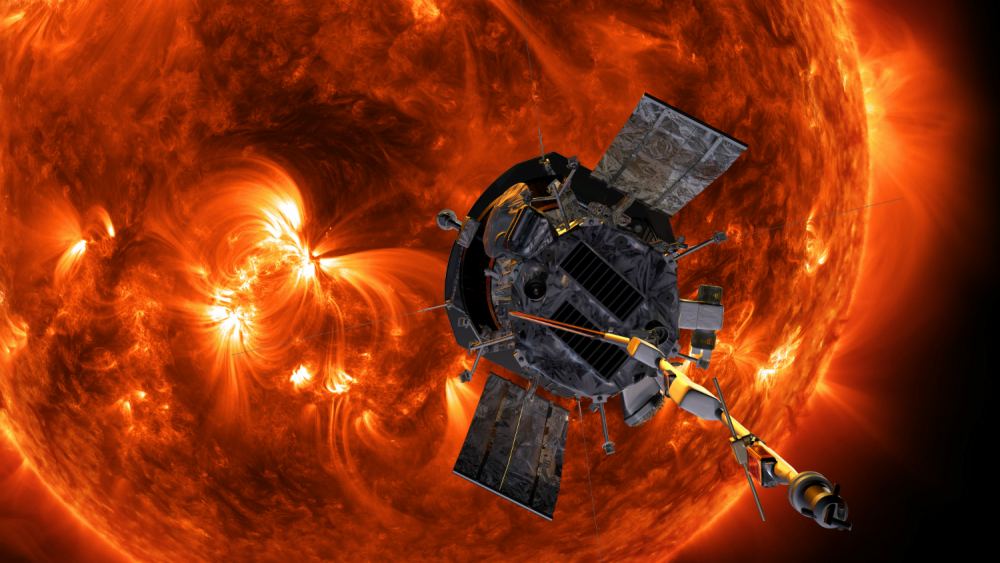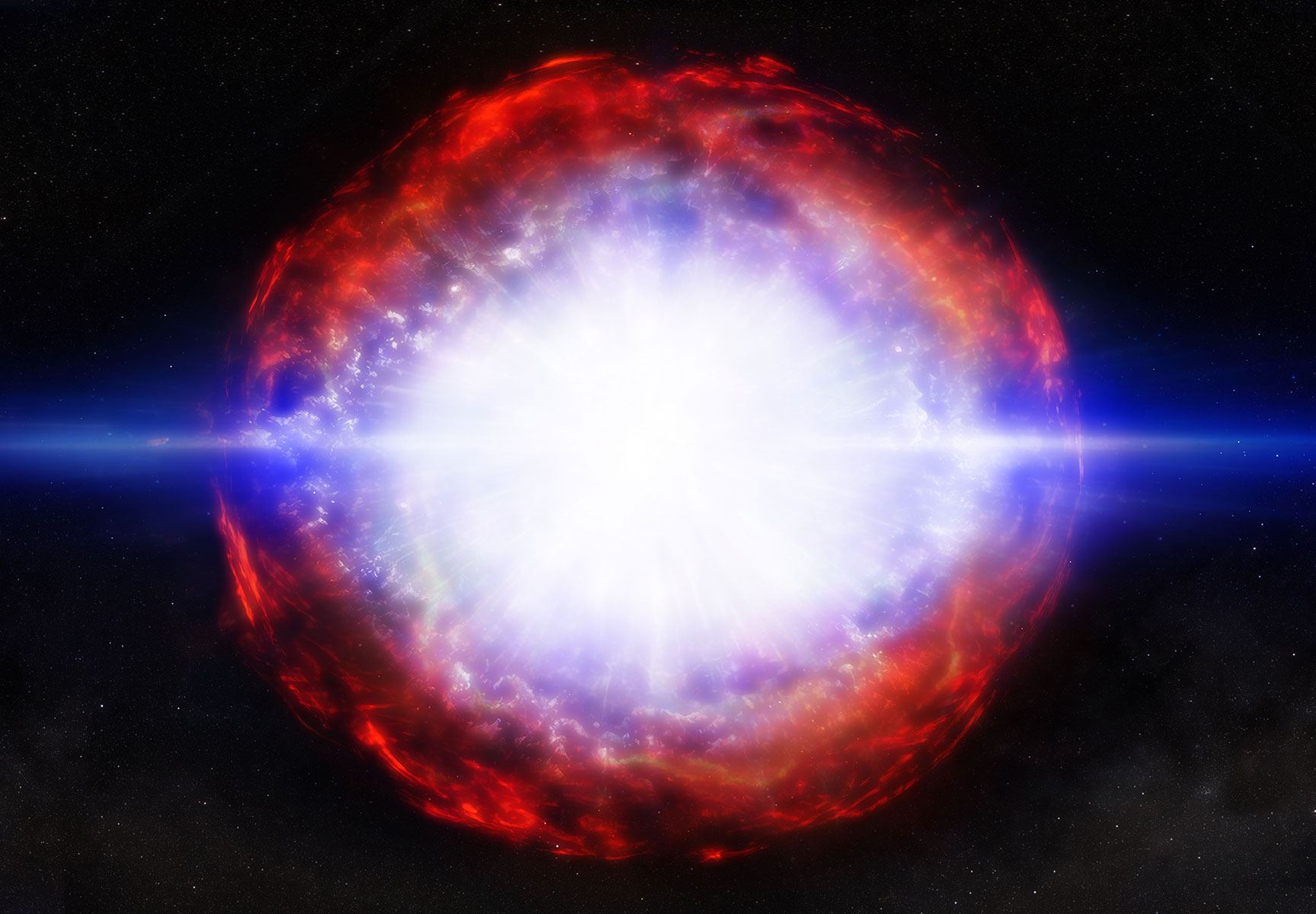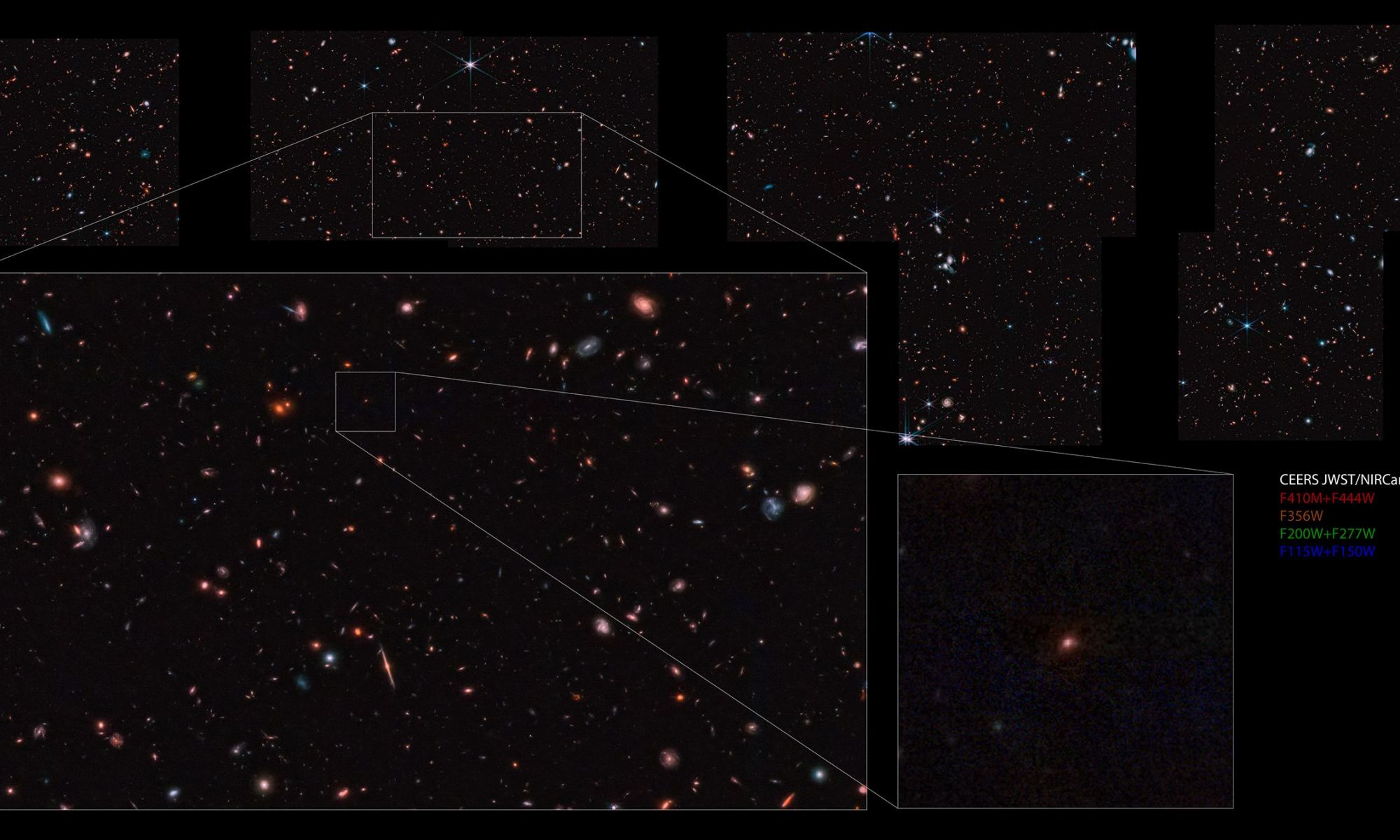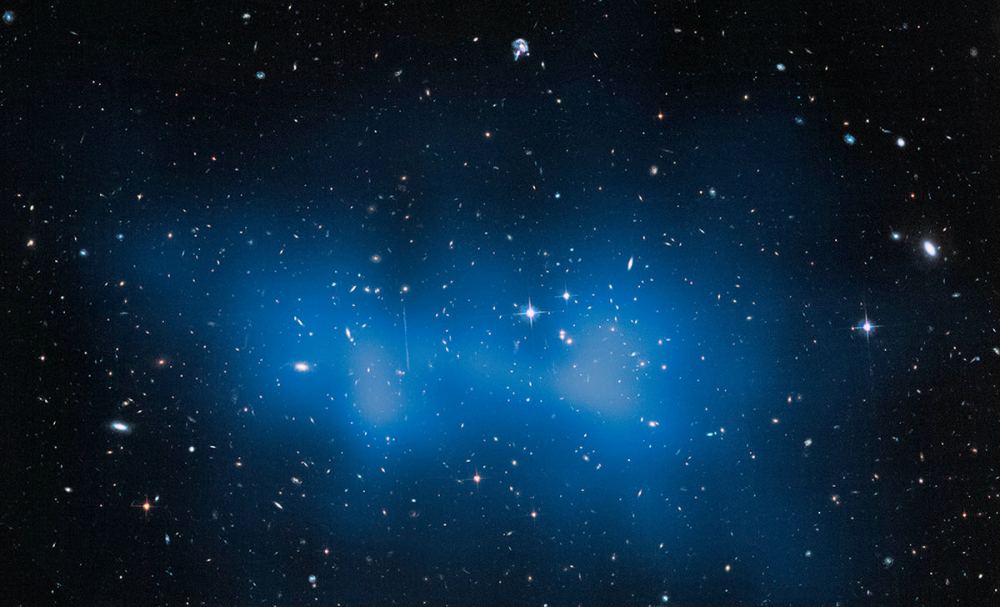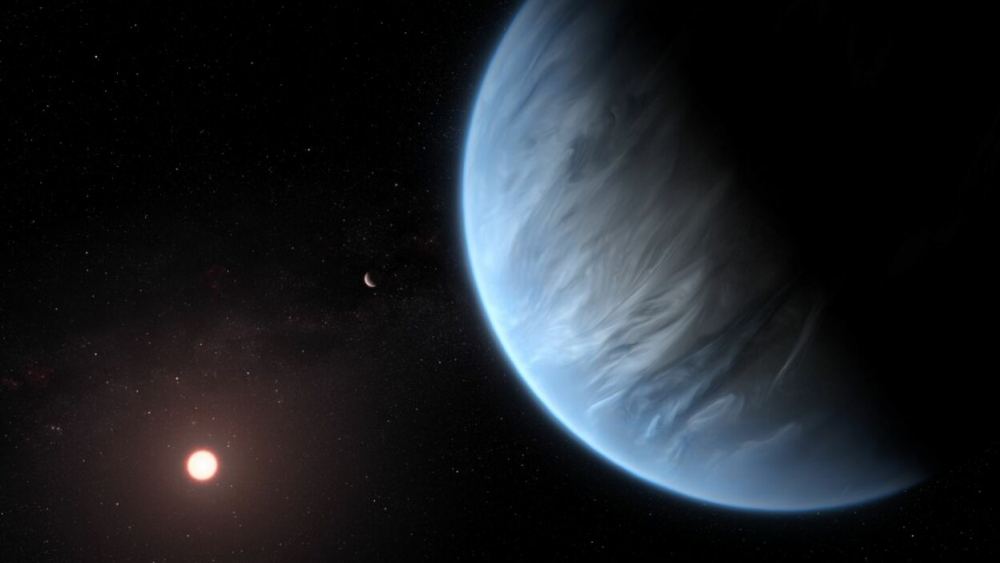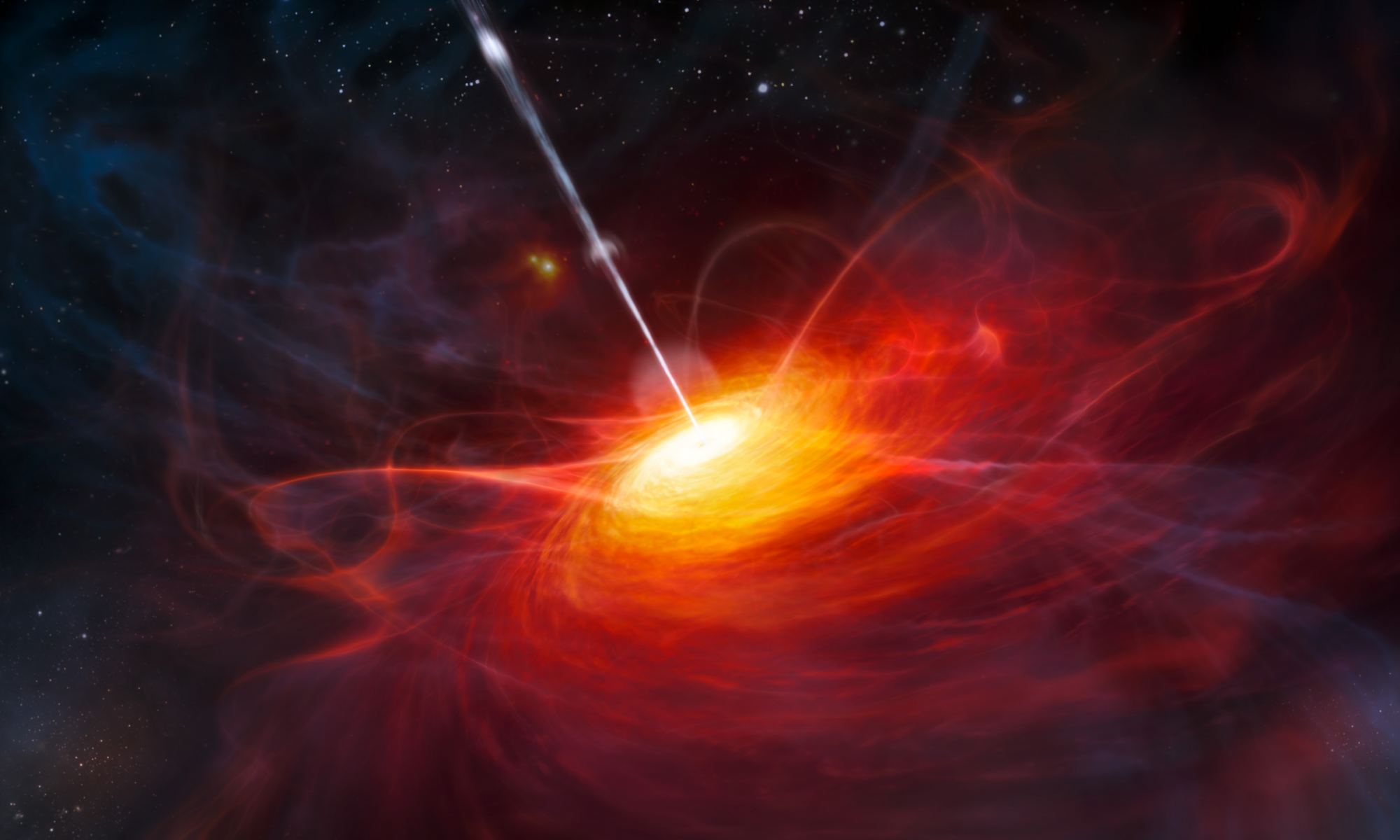Many of us have dreamed about flying over the surface of Mars—someday. The planet offers so many cool places to study, and doing it in person is something for future Marsnauts to consider. The Mars Express spacecraft has been mapping the Red Planet for years. It now gives us an up-close look now, through an animation of thousands of images of Mars from its cameras.
Continue reading “This is What it Would Be Like to Fly Across Mars”This is What it Would Be Like to Fly Across Mars
